
Clay Pots
The production of clay vessels was widespread among South Africa’s Iron Age communities. Associated most obviously with the storage, serving and consumption of food, these coiled pots also formed part of burial practices, rain-making ceremonies, and various rites involving the ancestral world.
Among Venda-speakers, for example, royalty often kept pots linked to the ancestors away from public view. These containers were used as drinking vessels by the chief and his closest associates. To this day, men generally assist with the transportation of clay, which is usually sourced from the banks of rivers, but the skills required to produce pots are passed down from one generation of female specialists to another, often - but not always - from mother to daughter.
By Professor Sandra Klopper
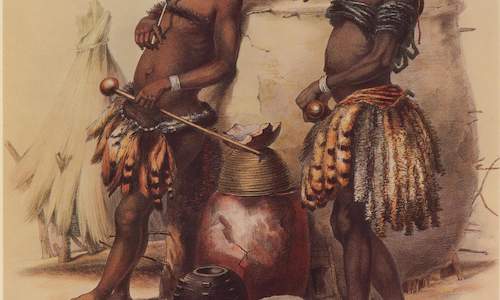
Clay is a versatile material that in the past was used for a variety of purposes, some of which have since fallen away. When the artist, Geo...
more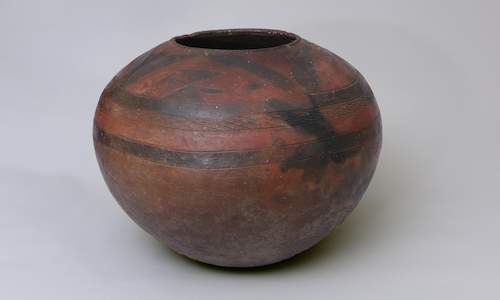
In some communities, women leave a bundle of twigs at the clay source when visiting for the first time or returning after a significant paus...
more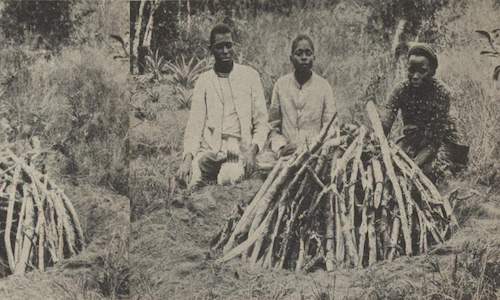
Easily accessible sources of fuel for the firing of pots has become increasingly scarce due to excessive use of natural resources in over-po...
more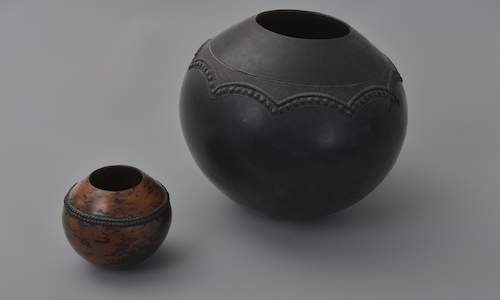
In the past, skilled potters bartered their wares for chickens or grain, sometimes also exchanging pots for other locally manufactured items...
more
Rural potters living close to high-density tourist destinations have taken advantage of the potential to develop new markets for their skill...
more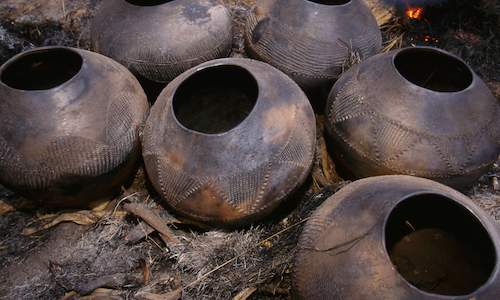
In some rural communities, the practice of making clay pots has survived to this day, attesting to the importance traditionalists ascribe to...
more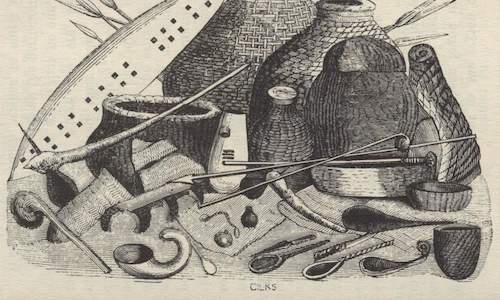
In the early 19th century, water-tight baskets rather than clay pots were sometimes used for drinking and storing beer. An engraving in the ...
more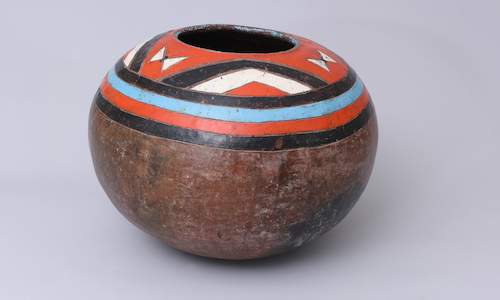
Venda pottery goes back to the 14th and 15th centuries. Until recently pots like these were normally decorated with geometric patterns, incl...
more
 Clay is a versatile material that in the past was used for a variety of purposes, some of which have since fallen away. When the artist, Geo...
Clay is a versatile material that in the past was used for a variety of purposes, some of which have since fallen away. When the artist, Geo... In some communities, women leave a bundle of twigs at the clay source when visiting for the first time or returning after a significant paus...
In some communities, women leave a bundle of twigs at the clay source when visiting for the first time or returning after a significant paus... Easily accessible sources of fuel for the firing of pots has become increasingly scarce due to excessive use of natural resources in over-po...
Easily accessible sources of fuel for the firing of pots has become increasingly scarce due to excessive use of natural resources in over-po... In the past, skilled potters bartered their wares for chickens or grain, sometimes also exchanging pots for other locally manufactured items...
In the past, skilled potters bartered their wares for chickens or grain, sometimes also exchanging pots for other locally manufactured items... Rural potters living close to high-density tourist destinations have taken advantage of the potential to develop new markets for their skill...
Rural potters living close to high-density tourist destinations have taken advantage of the potential to develop new markets for their skill... In some rural communities, the practice of making clay pots has survived to this day, attesting to the importance traditionalists ascribe to...
In some rural communities, the practice of making clay pots has survived to this day, attesting to the importance traditionalists ascribe to... In the early 19th century, water-tight baskets rather than clay pots were sometimes used for drinking and storing beer. An engraving in the ...
In the early 19th century, water-tight baskets rather than clay pots were sometimes used for drinking and storing beer. An engraving in the ... Venda pottery goes back to the 14th and 15th centuries. Until recently pots like these were normally decorated with geometric patterns, incl...
Venda pottery goes back to the 14th and 15th centuries. Until recently pots like these were normally decorated with geometric patterns, incl...